I looking to replace a blown power relay on a convection oven. The part is no longer available. I can't conceive of replacing such an expensive asset just because I can't find a $30.00 part. (Thanks, GE!)
I'm looking for a suitable replacement relay. The switched power is 240V with two output poles feeding (from the same switch) a 21A /5000W cleaning circuit and a 14A / 3000W heating circuit. Existing relay is a SPST-NO (single pole, single throw, normally open) configuration. I'm trying to determine the correct coil amperage. The coil is on a 120V circuit.
Questions: 1) without a published spec, how can I determine the correct coil amperage requirement? 2) the existing relay has the typical diode across the coil terminals -- how do I calculate the correct diode on the new coil? I think I can calculate the impedance of the coil solenoid -- is there a typical adjustment factor that is used to figure out the diode? Would rather not experiment too much with this. There is a diode on the existing relay, but I think I'm correct in assuming that IT'S capacity is irrelevant since it's unique to the old relay's solenoid impedance. 3) This seems like a dumb question, but which way should the diode point?
Just an aside, my local appliance tech will help with the replacement. I'm wary of messing with 220V.

